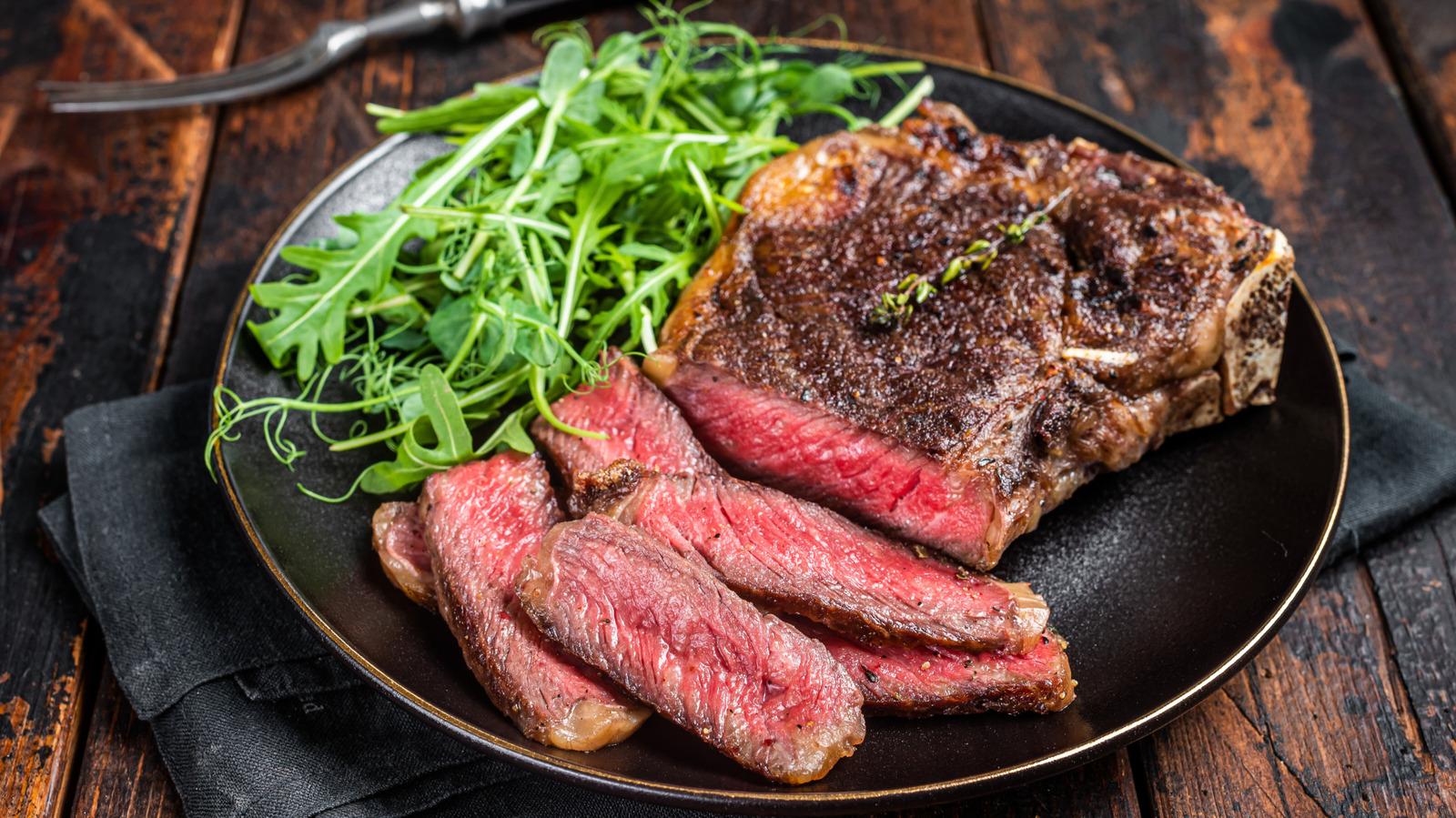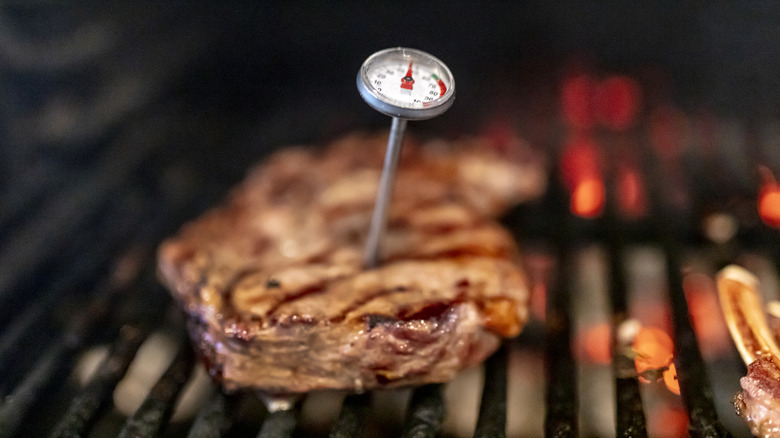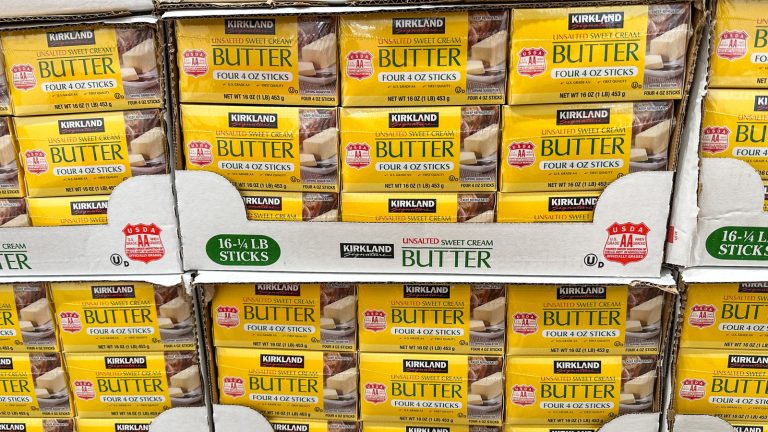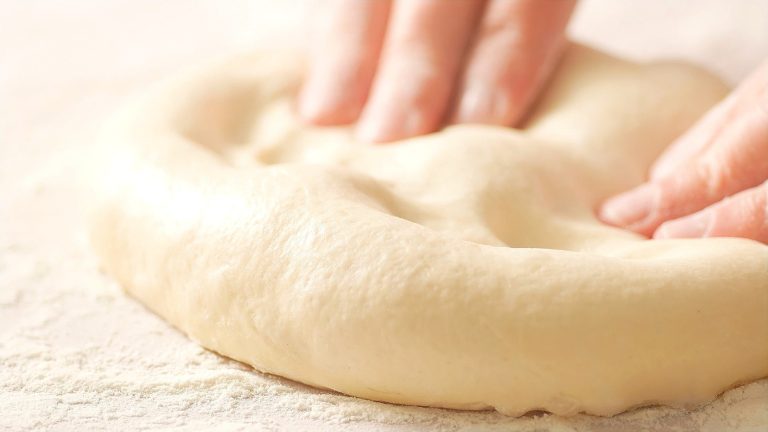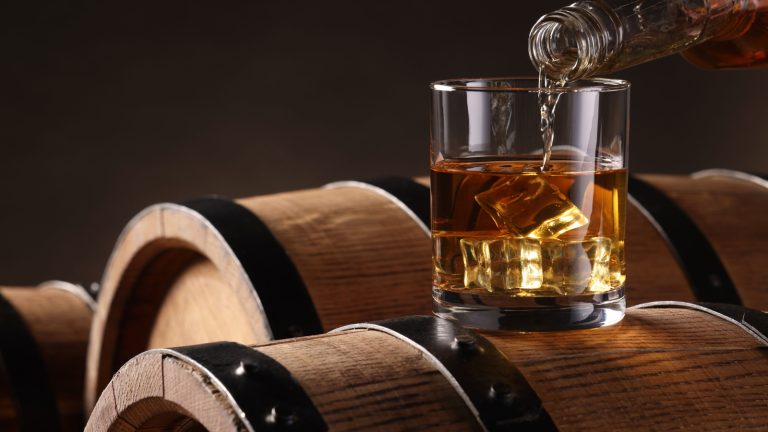There are a few things to consider when grilling the perfect piece of meat. The marinade, the seasoning, and, of course, the temperature. But for that last one, don’t make the grilling mistake of slicing open your meat to see if it’s cooked. You’ll end up losing so much of its moisture and flavor.
Chowhound talked to chef Christina Miros, a former contestant on Gordon Ramsay’s “Next Level Chef,” to find out why this rookie mistake will ruin your grilled meat, and how to check your protein’s temperature while still preserving its perfect cook. Miros, who recently partnered with Pepsi for its Grilling Deserves Pepsi: BBQ Crashers summer campaign, told us that slicing the meat open immediately releases its moisture — and you can’t get it back. “If you slice into meat before resting, all those juices will spill out onto the cutting board, leaving you with a dry protein,” Miros says. As meat cooks, its juices shift toward the center. Once the meat is removed from the heat, those juices will redistribute more evenly as it cools. This results in moisture and flavor in every bite. Cutting the meat down the middle causes those juices to spill out before they have a chance to return to all parts of the meat.
The best methods for checking meat temperature
Rather than cut the meat open, choose the most tried-and-true method for checking temperature accurately: use a meat thermometer. Chef Christina Miros says chicken and pork should be cooked to 165 degrees Fahrenheit. Beef and lamb can be cooked to varying temperatures, depending on your desired doneness, though Miros recommends cooking them until they reach between 130 and 135 degrees for medium-rare. “I remove my steaks at 125 for medium rare to account for carry-over cooking,” she says, referring to the fact that the meat continues to cook a bit even after it’s removed from the heat.
If you’re comfortable enough with cooking meat, you can also poke it with your finger to see how done it is. “The poke test is how I check meat for doneness. The bouncier the meat, the more rare it is. The firmer to touch, the more cooked the meat is,” Miros says. Keep in mind that this method is estimation, so if in doubt about temperature, stick with your trusty thermometer.


